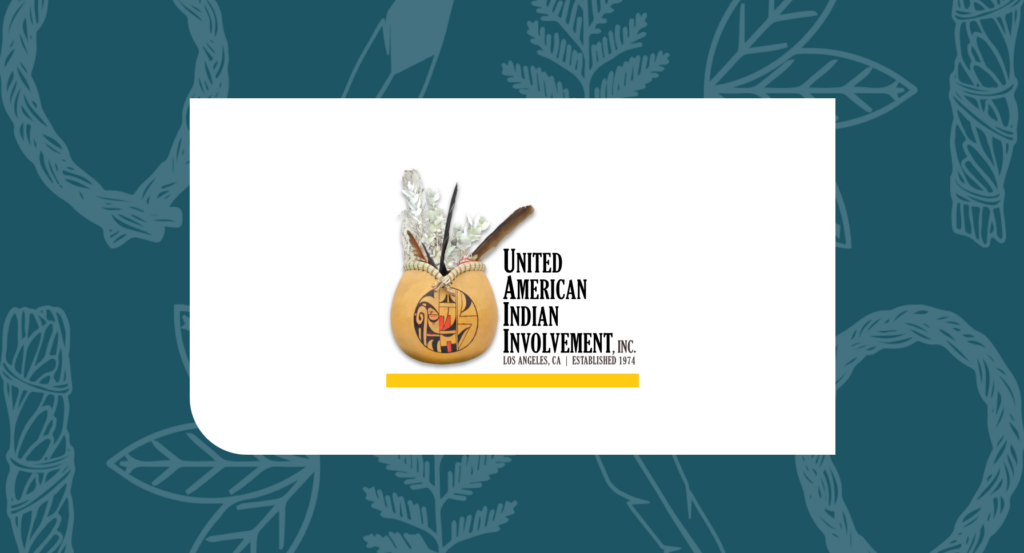
More likely than not you want to do well in school, excel at your job, and know that you accomplished a lot at the end of the day. However, despite our intentions, sometimes we don't always complete all that we set out to do. Unproductivity can cause feelings of stress and anxiety and decrease your overall quality of work. The primary source of this lack of productivity is, for most people, procrastination. One of the most harmful consequences of procrastination is you are unaware of how much you could get done if you didn't procrastinate, resulting in missing out on exciting opportunities you never even knew you had.
Procrastination and, by extension, low productivity have been linked to causes such as low self-confidence, lack of structure, and feeling overwhelmed. While addressing some of these causes may take more time than others and will vary by person, there are some incredibly helpful tools that can assist you in being more productive. I have compiled five apps that combat these potential causes and can help you decrease procrastination while increasing productivity.

1. Pomodoro Timer
It can be easy to feel as if you have more to do than you have time in the day. It can be very overwhelming trying to balance work, school, and family duties. Especially, without any structure. Oftentimes we tackle these responsibilities head-on and end up burning out because we take it all on at once and fail to take breaks.
One way I address this is by using a timer app. In my opinion, Pomofocus rises high above the rest. It is simple, has a beautiful design, and the app is constantly being updated with new features. It goes off the Pomodoro method, designed to combat distractions and to be easy to start.
All you do is set a timer for 25 minutes, focus solely on that task with no interruptions, and once the timer goes off, enjoy a 5-minute break. After you do four sessions, take a 15-30 minute break.
Tips to get the most out of this method.
-
Break down complex projects into smaller actionable steps. The rule of thumb is if it will take more than 4 sessions (1hr30m) it should be broken down.
-
Lump tasks that take less than 25 minutes together. For example, instead of listing a task as "pay phone bill" list the task as "pay phone bill, set doctor's appointment, walk the dog".
-
Dedicate your full attention to your task until the timer goes off! It should not be broken, meaning no checking emails, text messages, or going on social media, any tasks, thoughts, or requests, should be noted and taken care of later. What if you finish your task early, can you go on social media until the timer rings? The answer is a definite no, for this method to work, you must be working until the timer rings. If you finish the first task in 8 minutes instead of 25 minutes, move on to the next task on your list.
You can also customize how long you work and how many sessions you do before a long break. You can set up an account for free and track how much work you get done in the amount of time you set. This is helpful as you can evaluate how much time you need to dedicate to each task. You even have access to the number of hours you worked.
For a detailed background of Pomofocus and how it works, watch this video below from Kamran Razvi.
2. Anki
Studying has always been a challenge for me, but not because I didn't put in the effort or was lazy. I would constantly study my notes and lecture material, and although I did well on quizzes, when it came time for tests and cumulative exams, I would struggle. This caused significant damage to my self-confidence, and I felt as if my efforts were for nothing. That was until I realized it wasn't my lack of effort. It was the way I was studying. I would rely heavily on a mass information strategy called cramming, instead of methods like active recall and spaced repetition, which has been shown to help build memory pathways and strengthen memory. Active recall is a great strategy to help you learn and retain the material.
A great way to practice active recall is through flashcards. I recommend using digital flashcards and taking advantage of the study app, Anki. Anki allows you to create flashcards and monitor your progress. Anki is especially helpful because it gives you a grade based on how well you do and is programmed to help you review the content you need the most practice in.
For a step-by-step walk-through on how to get the most out of Anki I recommend watching the video from TheMDJourney.
3. Task Management Apps
3.1 My Study Life (Students and Teachers)
Perfect for keeping track of classes, homework, and exams. Another great feature is it is available across all platforms and devices. It is a great tool to help you organize all your assignments and stay on task.
If you are interested in using this app, watch this video from HelloCris.
3.2 Structured (Apple Devices ONLY)
This app is perfect for providing structure to your daily life. Calendars and deadlines can be helpful however sometimes we need everything laid out for us and outline our day. One of my favorite features is its inbox section where you can store tasks and the amount of time they would take, without having to put a date or time on them. It is really nice for random things you want to get done but have not been able to fit into your schedule yet. The layout is very visually appealing and simple to understand.
Below is a video from Structured – Day Planner displaying Structured and its features!
3.3 Microsoft To Do (Android · iOS · Windows 10 · Web browser · macOS)
Another great option to help you stay organized. Microsoft To Do helps you keep track of daily plans and breaks down tasks. It can be accessed on any device and allows you to add colors and background to customize your lists.
Below is a Beginner's Guide to Microsoft To Do from Keep Productive.
4. Grammarly
Whether you're writing an essay for college, emailing your coworkers, or starting your own blog, we have all fallen victim to worrying if we have any spelling or grammar errors. Grammarly is a great learning tool. It helps guide your writing and focuses your attention on the context of the material. The free version offers "basic features like tone detection, error correction, enhanced readability, and punctuation." It will help polish your content and is perfect for those who make grammar and spelling errors. However, if your work requires proofreaders/editors, and you want to add a professional style and consistency to your writing, Grammarly Premium is worth the monthly fee of $12 a month for a year commitment. Grammarly Premium offers expert writing help by providing assistance with word choice, tone suggestions, full-sentence rewrites, and plagiarism detection. I suggest trying out Grammarly Free. See how it fits with your goals and get a feel for how much value it provides. If you think it provides value, you can look into the premium features and see if that is an investment you would be willing to make.
If you want to learn more about the differences between the Free and Premium versions, check out this video by Jennifer Marie.
5. LastPass
Think about all the times you had to hit forgot password and spend time going to your email, making a new password, and having to log back in again. Your time is valuable, and you shouldn't have to waste any precious time trying to log in to an account. Last Pass can be an essential tool for you. LastPass "helps save, store, and organize all your passwords and logins in a vault encrypted to your device." LastPass is my favorite password manager because it is easy to set up, user-friendly, and has a simple interface. A recent change in the free version is you are limited to choosing between accessing LastPass on either your computer (laptop, desktop, anyone's computer) or mobile devices (phone, tablet, and smartwatch). Despite this recent change, LastPass can still be a vital tool to help you save time. I would contemplate which devices you use more often when you encounter this problem before you make a decision.
For a more detailed breakdown of the pros and cons of LastPass, watch this video from CyberNews.








